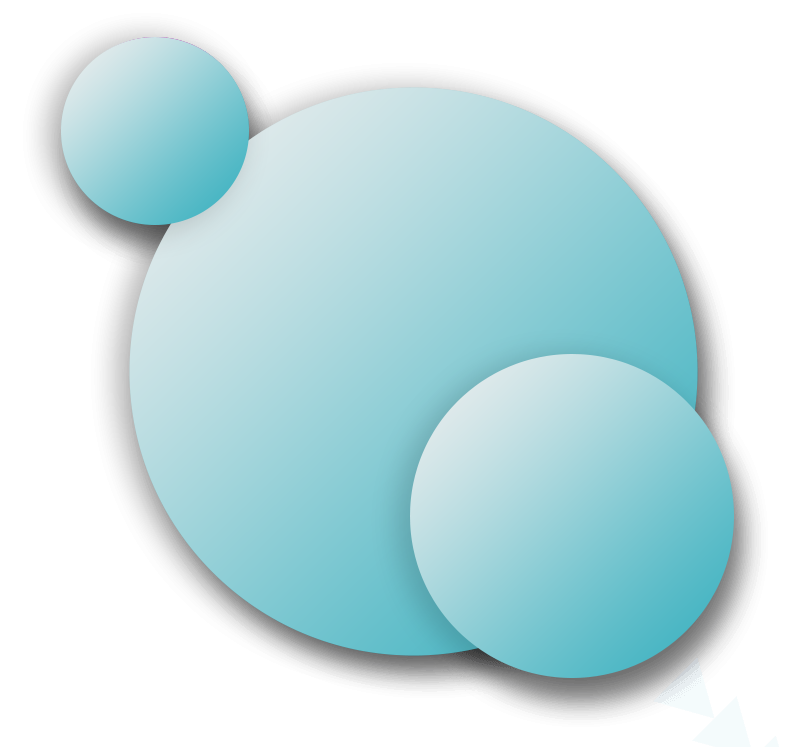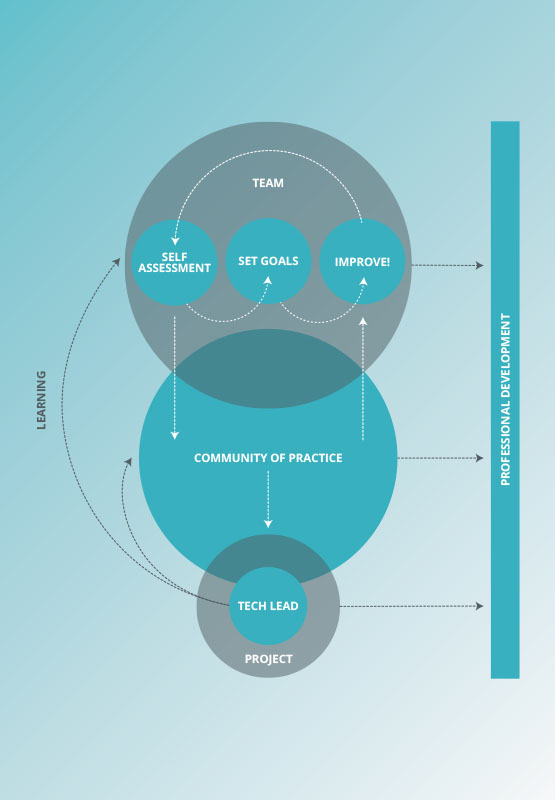Increasingly, technology is not an operational backbone, it is becoming an organisation’s competitive advantage and a significant indicator of performance. Research has shown that companies that have the ability to develop and deliver software with velocity and quality drive growth, efficiency, profitability and customer loyalty.
There is enough empirical evidence to state that the combination of Agile and DevOps is the best way to build software that we currently know of.
DevOps focusses on communication, collaboration and integration and Agile is the continuous iteration of development and testing in the software development life cycle.
The challenge is that we don’t all agree on what these things are, creating confusion, frustration and waste when teams try to implement Agile/DevOps processes and concepts.

What does Continuum do?
Continuum provides a pragmatic, goal-oriented approach to implementing DevOps and Agile in an organisation. It allows teams to benchmark where they are and provides guidance towards a set of achievable, agreed goals. The approach is iterative and works for teams of all sizes, levels of experience and backgrounds – even if you have never used Agile before. Teams often use organisations such as Facebook or Spotify as the template for their own DevOps and Agile standards. However these organisation’s engineering processes are built on tens of thousands of hours of experience and millions of dollars. Whilst they are the gold standard, in many cases it is simply not practical (or even desirable) to emulate them. Continuum provides practical, rapid increments towards a goal that is appropriate for the organisation. Continuum helps standardise the goals and approaches across teams which means they can share their experiences and help each other – accelerating the impact and benefits. After using Continuum for a few weeks, teams will be in a far better position to decide what their standard should be and what the next logical step to achieving this is.
- Prefer items that can be objectively measured.
- Rather add smaller items across each dimension than one large, hard to achieve, one.
